News
Looking to elevate your cocktail game, streamline your bar operations, or simply unlock the secrets of the perfect pour? You've come to the right place!
At Überbartools™, we're passionate about all things bar-related, and we're dedicated to sharing our knowledge and insights with you.
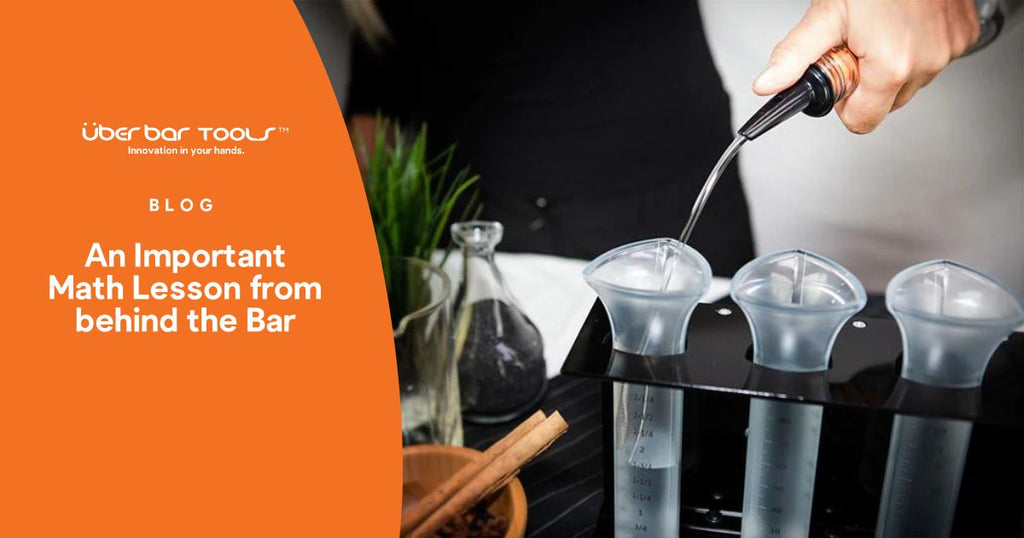
An Important Math Lesson from behind the Bar
It's time to think carefully about bar math–count your liquor loss, subtract the bar tools that are letting you down, and add some Uberbartools to make a neat sum of profitability.
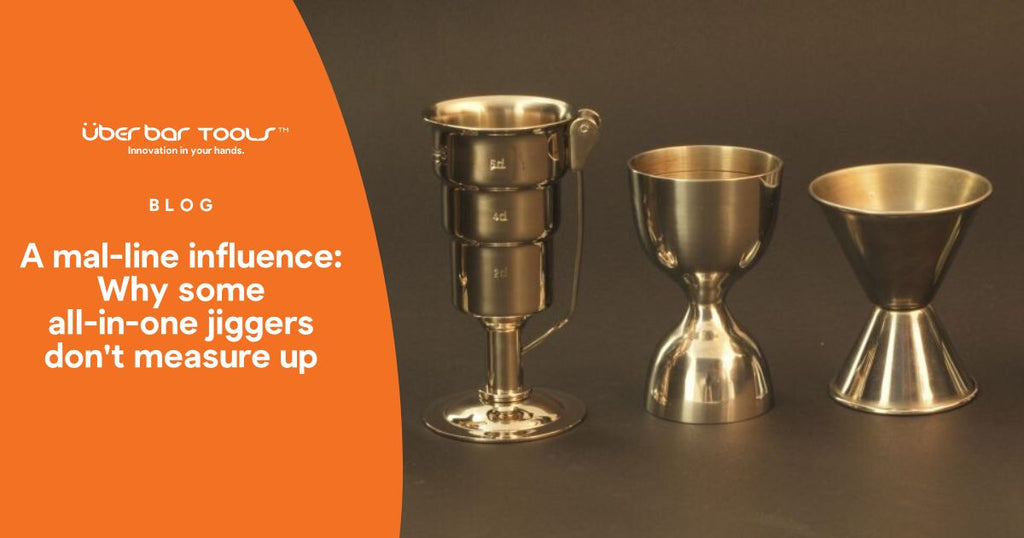
A mal-line influence: Why some all-in-one jiggers just don't measure up
Rationalising clutter on the bar top seems like a great start to reduce cost and increase profits, replacing multiple products with just one, but a multi-lined jigger may not be the answer.
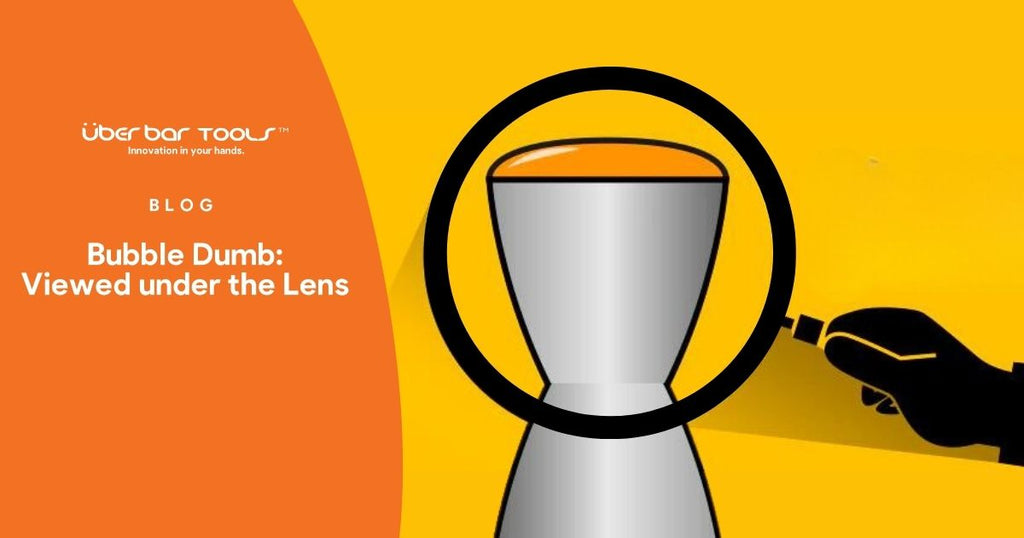
Bubble Dumb: Viewed under the Lens
Learn more on the solution to the messy situation with mediocre jiggers and bartenders that leads to liquor waste and financial loss.
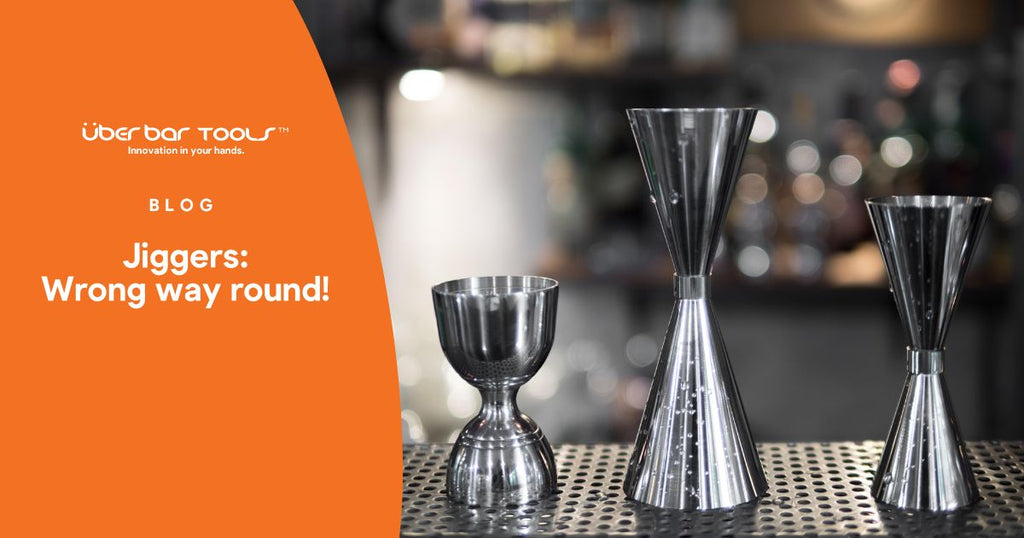
Jiggers: Wrong way round!
Jiggers or measures are used to portion control alcohol for consistency, compliance and long term profitability. So why are jiggers round? Learn more!
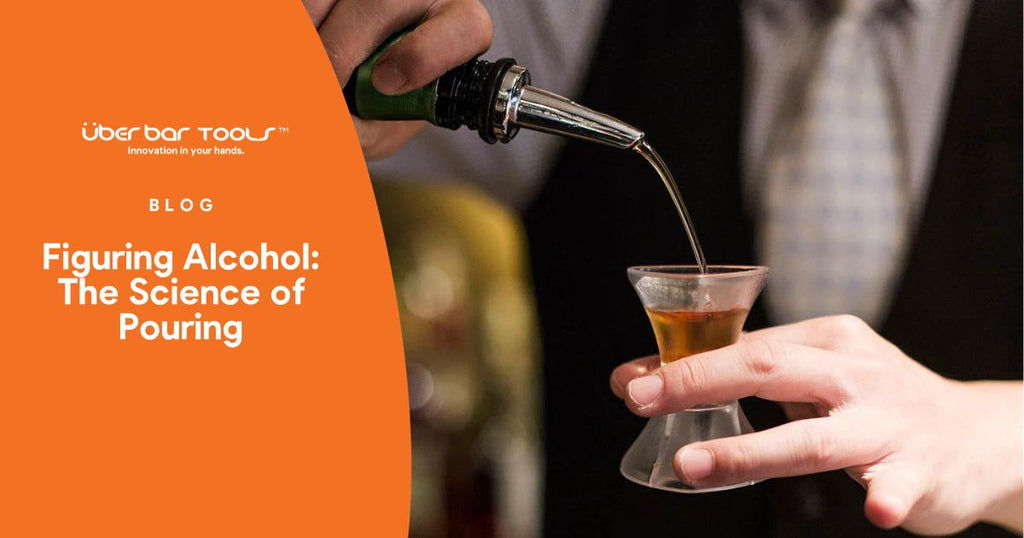
Figuring Alcohol: The Science of Pouring
Why is 'free pouring' so entwined in bartending mythology? Is there Math or Science behind the bigger story to counter the heart felt passion of free pouring?
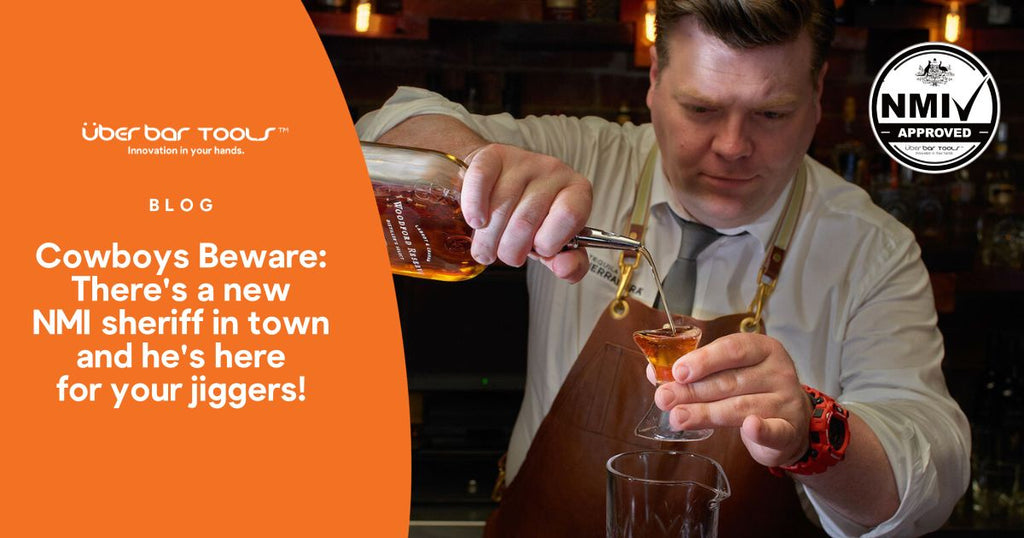
Cowboys Beware: There's a new NMI sheriff in town and he's here for your jiggers!
Watch out! Are you one of the hospitality operators willfully under-serving spirits and beer or not using correct jiggers to take advantage of patrons?
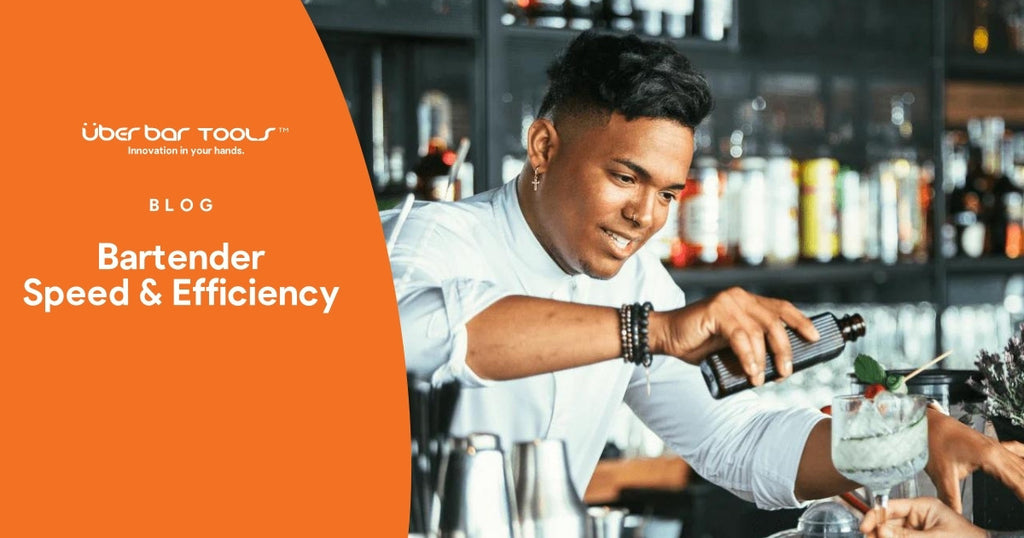
Bartender Speed and Efficiency
Customer sees speed, bar owner measures efficiency in dollars. Are your bartenders equipped with trainings and bar tools to achieve speed and efficiency?

From Moscow to Melbourne: A twist on the classic Mule
Ben Davidson's recipe uses local flavours, including coffee vodka, to give a twist to the traditional Moscow Mule.

Saké Collins Cocktail Recipe
Ben Davidson's twist on the Tom Collins, swaps out the usual gin for Saké.

Getting jigger with it: The importance of a good jigger
Jiggers are designed to help bartenders measure accurately and consistently. But did you know that the standard round jigger has a design flaw?
Pourers and Jiggers Comparison Chart
The largest contributor to liquor loss comes from poor quality jiggers and pourers.
The Perfect Pour in 3 steps
Bar liquor waste averages 30-40% of every shot poured. Überbartools™ Patented Jiggers and Pourers help Bartenders create balanced cocktails, consistently.
- 1
- 2

